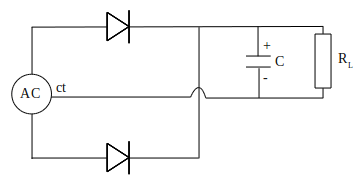Wiring diagram compressor, star-triangle (star-delta) switching system
In most cases compressor driven by the large power motor, above 10 KW. That used to generate the huge air pressure anyway.
Example of compressor with power 30 KW (40 HP) as shown in the picture below.

To reduce inrush current (electric current of early motion) that can reach 200% to 300% of normal current when the motor will rotate, the system needs to be made such a wiring diagram star-triangle (star-delta) switching, as shown by the picture below.
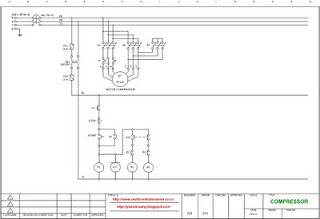 Click to enlarge
Click to enlarge
Electric parts needed for the wiring above:
1. Breaker 100 A 1 pc
2. Transformer step down 380 V / 220 V 3 A 1 pc
3. Magnetic contactor 3P 55 KW coil 220 V 3 pcs
4. Power on delay (Timer) 220 V 1 pc
5. Thermal over load relay 65 A 1 pc
6. Fuse glass 2 A dan 3 A @ 1 pc
7. Start button 1 pc
8. Stop button 1 pc
9. Motor 37 KW 380 V 3 φ 1 unit

To reduce inrush current (electric current of early motion) that can reach 200% to 300% of normal current when the motor will rotate, the system needs to be made such a wiring diagram star-triangle (star-delta) switching, as shown by the picture below.
 Click to enlarge
Click to enlargeElectric parts needed for the wiring above:
1. Breaker 100 A 1 pc
2. Transformer step down 380 V / 220 V 3 A 1 pc
3. Magnetic contactor 3P 55 KW coil 220 V 3 pcs
4. Power on delay (Timer) 220 V 1 pc
5. Thermal over load relay 65 A 1 pc
6. Fuse glass 2 A dan 3 A @ 1 pc
7. Start button 1 pc
8. Stop button 1 pc
9. Motor 37 KW 380 V 3 φ 1 unit



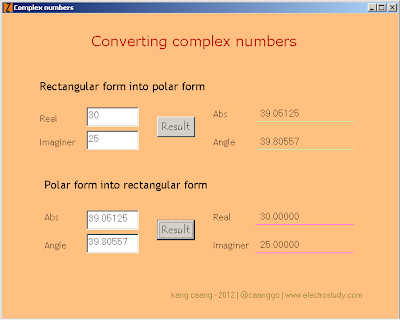







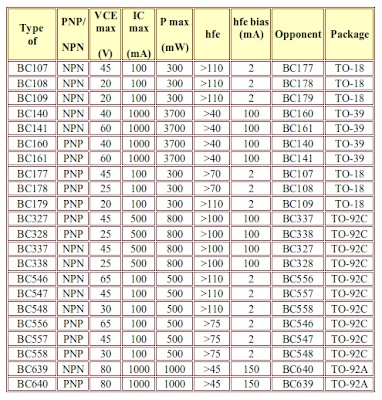





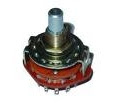 Rotary switch is a switch type which is operated by way of played. These
Rotary switch is a switch type which is operated by way of played. These 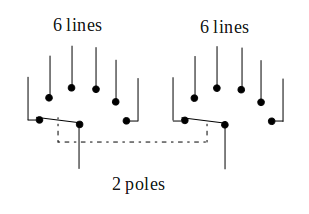
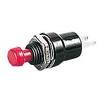 Press switch is a type of
Press switch is a type of 
 Toggle switch is the simplest form of switch, operated by a toggle lever that can be pressed up and down. According to the convention, position of the lever downwards to indicate
Toggle switch is the simplest form of switch, operated by a toggle lever that can be pressed up and down. According to the convention, position of the lever downwards to indicate 
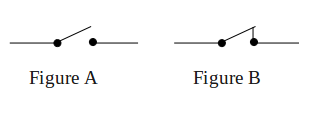
 Reflection
Reflection



 The Thyristors is a
The Thyristors is a 







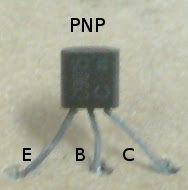



 Transistor is an electronic component semiconductor, has ability to control the effective resistance by controlling the main signal (
Transistor is an electronic component semiconductor, has ability to control the effective resistance by controlling the main signal (
